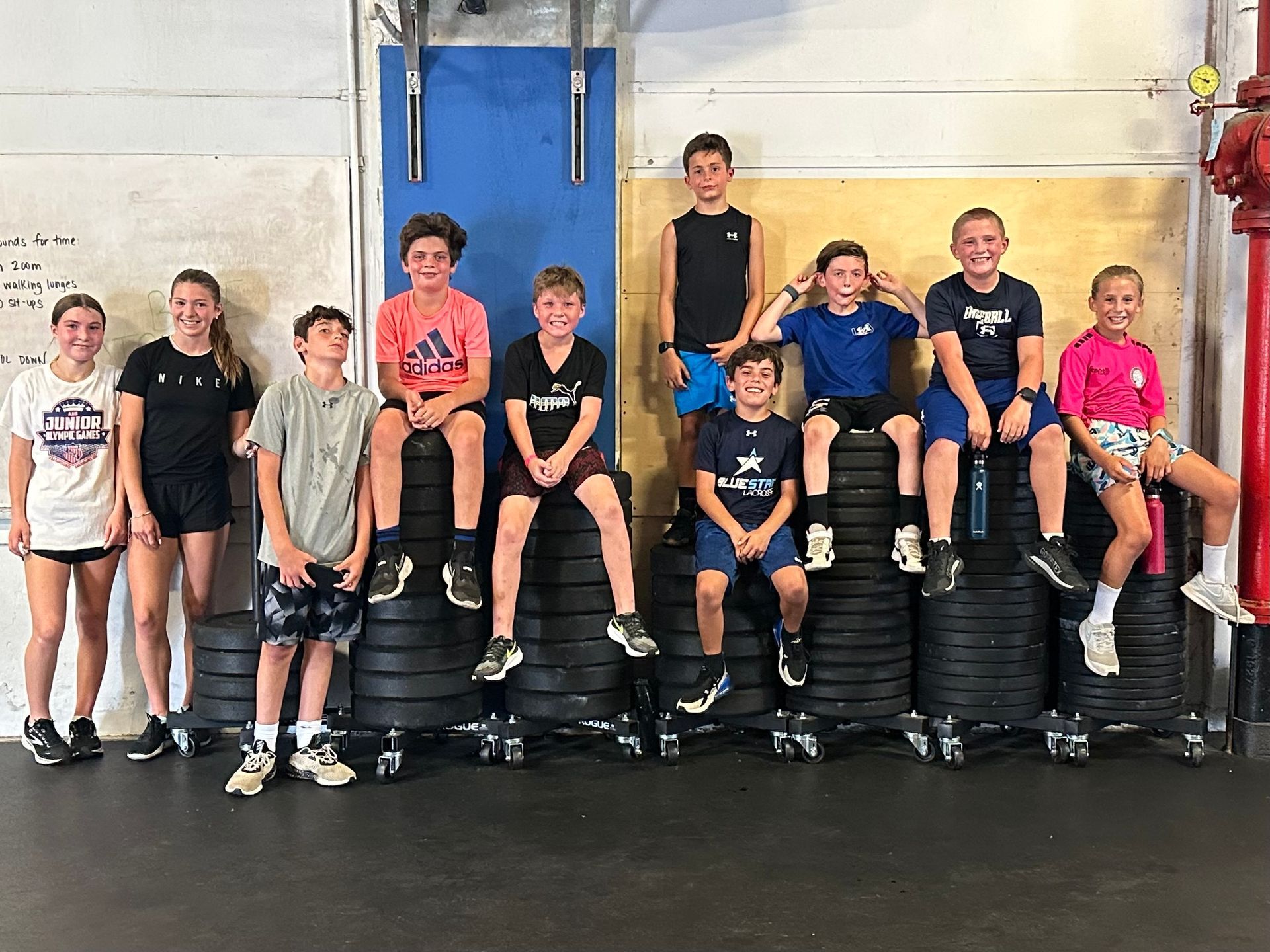Why Resistance Training Matters Move Over 40
September 24, 2025

As we age, our health and fitness priorities begin to shift — and resistance training becomes one of the most important tools for staying strong, active, and independent.
After 40, the body naturally starts to lose muscle mass (a process called sarcopenia) and bone density. Metabolism slows down, recovery takes longer, and energy levels can dip. But these changes aren’t a guarantee — and they’re absolutely something we can influence through movement, nutrition, and consistency.
Strength Training: Your Anti-Aging Secret Weapon
Resistance training (using weights, bands, or bodyweight) helps:
- Preserve and build lean muscle
- Strengthen bones and joints
- Improve posture, balance, and coordination
- Support metabolism and insulin sensitivity
- Boost energy, mood, and confidence
The beauty of strength training is that it’s scalable for all levels. You don’t have to lift heavy weights or do advanced movements to see benefits. Just moving under control and challenging your body a few times per week is enough to create long-lasting change.
It's Not Just Physical
Strength training also offers mental and emotional benefits, especially as we face the stressors of midlife and beyond. It can help:
- Manage stress and anxiety
- Increase mental clarity
- Build resilience
- Provide a sense of progress and control
For many people, training becomes a form of self-care — a way to reconnect with themselves and invest in their long-term well-being.
Protein: The Unsung Hero of Healthy Aging
After 40, protein needs increase, especially if you’re strength training. Higher protein intake helps preserve muscle mass, support recovery, and keep you feeling fuller longer.
Aim for:
- 1.2–2.0g of protein per kg of bodyweight, spread throughout the day
- Including protein in all meals and snacks (eggs, Greek yogurt, tofu, lean meats, protein shakes, etc.)
Getting enough protein isn't just about building muscle — it's about maintaining function as we age.
Don’t Forget Mobility & Recovery
Training hard is one part of the equation —
moving well is the other.
Mobility work, proper warm-ups, and intentional cooldowns can reduce injury risk and help keep joints healthy. Even simple stretching, walking, and hydration make a big difference when paired with a consistent training routine.
The Bottom Line
Turning 40 isn’t a limit — it’s an opportunity to invest in your future health. Resistance training, proper nutrition, and mobility work can help you move through the next few decades feeling strong, capable, and confident.
Whether you're already active or just getting started, it’s never too late to build a stronger foundation.



